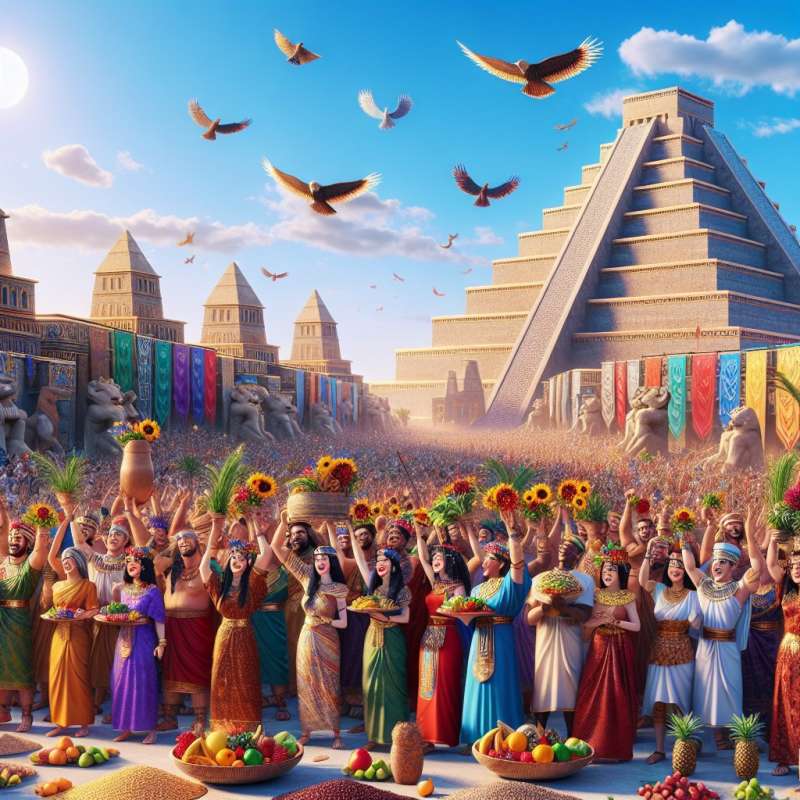
Origins of New Year
Celebrating the new year dates back 4,000 years to ancient Babylon. The Babylonians marked the beginning of a new year on what is now late March, with an 11-day festival called Akitu.
Spain's Grape Tradition
In Spain, it's customary to eat 12 grapes at midnight, one for each chime of the clock. This tradition started in the early 20th century and is thought to bring good luck for each month of the coming year.
Japanese Joya No Kane
In Japan, Buddhist temples ring their bells 108 times at midnight during New Year's Eve. This practice, known as Joya No Kane, is believed to banish the 108 human sins and purify the soul for the new year.
Scottish 'First-Footing'
In Scotland, the 'first-footing' tradition dictates that the first person to cross the threshold after midnight should bring gifts for luck. Dark-haired men are preferred as they were historically seen as a sign of good fortune.
Danish Plate Smashing
Danish people have a unique tradition of throwing plates against friends' and relatives' front doors. Accumulating broken plates by your doorstep is considered a sign of popularity and is supposed to bring good luck.
Ecuador's Burning Scarecrows
In Ecuador, people build scarecrow-like figures filled with paper and fireworks to represent the old year. At midnight, they set them ablaze symbolizing the destruction of past misfortunes and the start of a new slate.
Greek Onion Hanging
In Greece, an onion is traditionally hung on the front door of homes on New Year's Eve as a symbol of rebirth. On New Year's Day, parents wake their children by tapping them on the head with the onion.
When did Babylon celebrate new year?
Late March with Akitu
Mid-January, no festival
Early March with rituals
Company